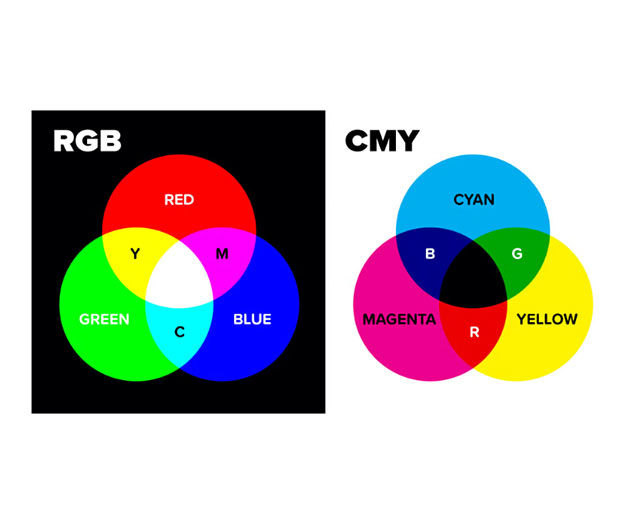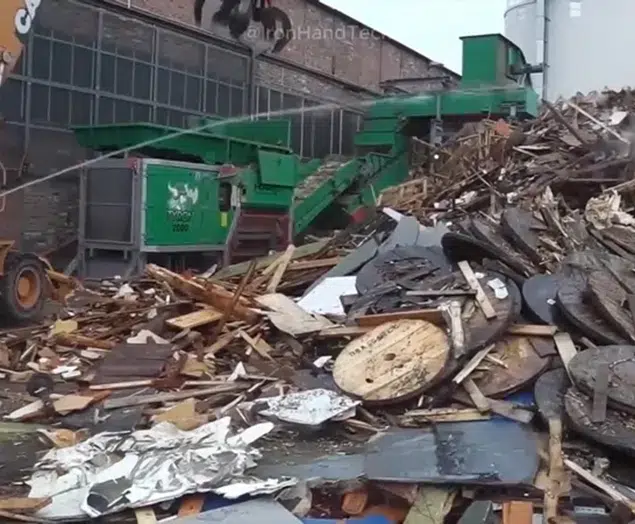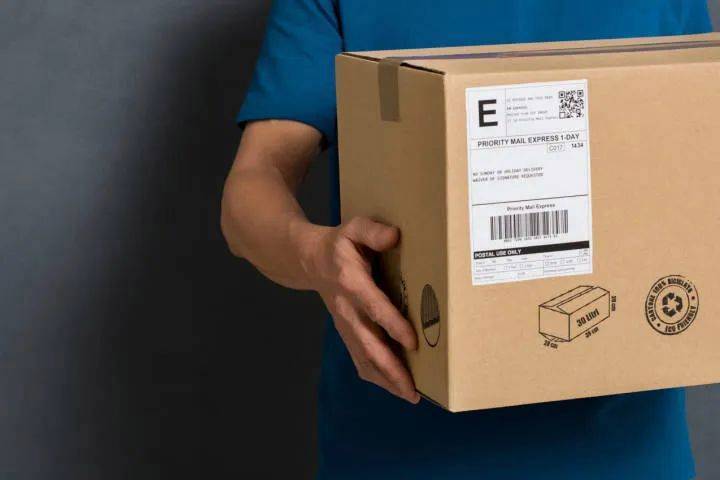What Is Degradable Plastic Degraded Into
If “degradable” is viewed as an absolute word, all sorts of plastics may generally deteriorate in some ways in a long or short period of time and in particular situations. Therefore, the idea of “degradable” without rigorous definition cannot describe the time, mode, and environment necessary for plastic disintegration, and how many poisonous and dangerous compounds would be formed in the degradation process. We will tell you what is degradable plastic degraded into.
To make this conversation relevant, we need to understand “degradable” as a relative notion – how long, in what manner, in what environment, and why chemicals may be decomposed (hazardous or not)?
The conventional concept of “degradable plastics” generally involves “whether plastics will be harmlessly / biologically decomposed in the natural environment”. How is the current authoritative “degradable plastic” defined?

Degradable plastic
Various situations in nature are categorized into six categories in this standard: soil, compost (including conventional compost and courtyard compost), marine environment, freshwater environment, sludge anaerobic, and high solid anaerobic. Most components of degradable plastics may be virtually entirely decomposed into common compounds in nature in the correct natural environment.
Biodegradable plastics (degradation mode) (degradation mode)
Degradable polymers may deteriorate in different ways. Under natural conditions such as soil and/or sandy soil, and/or specific conditions such as composting conditions or anaerobic digestion conditions or aqueous culture medium, degradation is caused by microorganisms existing in nature, and finally completely degraded into carbon dioxide (CO2) or/and methane (CH4), water (H2O) and mineralized inorganic salts of its elements, as well as plastics of new biomass.
Common degradable plastics
Now, biodegradable polymers are frequently discussed. Others of them are created from renewable biological resources, such as crops and microorganisms, while some are made from fossil resources. The two most prevalent biodegradable polymers that have been marketed are PHA (polyhydroxy fatty acid esters) and PLA (polylactic acid), which are mostly manufactured by microorganisms (fed by crops) and maize, respectively.
Production of degradable plastics
1. Since the major source of biodegradable plastics is crops (corn, sugarcane, etc.) rather than fossil fuels, from the standpoint of raw materials, biodegradable plastics may save more than half of fossil fuels compared with regular plastics. If the worldwide conventional plastics are replaced with biodegradable plastics, roughly 3.49 million barrels of fossil fuel may be saved per day, accounting for about 4 percent of the global fossil fuel use.
2. The energy used in the manufacture of biodegradable plastics is less than that of conventional polymers with equivalent qualities. The manufacturing process of biodegradable polymers normally takes 25-45 million joules of energy per kilogram, of which the most prevalent PLA requires 44.7 million joules of energy. Traditional plastics absorb 73-86 million joules of energy per kilogram, far greater than biodegradable plastics. If the worldwide nondegradable plastic is replaced with biodegradable plastic, it can save 1-2.2 percent every year according to the estimate of global plastic production in 2019 × 1019 joules of energy. Accounting for 5.8 percent of world energy use in 2019 × 1.7-3.8 percent of 1020 joules.
3. In terms of manufacturing costs, the price of biodegradable plastics is somewhat higher than that of standard plastics (between 1-2 times), but according to the growth pace of the sector, it is predicted that its price will continue to drop in the near future.
4. Around 2.65 kilograms of maize is required to generate 1 kg of biodegradable PLA plastic, while about 3.7 kg of corn is needed to produce 1 kg of biodegradable PHA plastic. According to the statistics of 2019, if all conventional plastics are replaced by PLA, around 975 million tons of maize will be eaten every year; If all traditional plastics are replaced by PHA, roughly 1.36 billion tons of corn will be used every year. At the same time, the world grain output in 2018/2019 is 1.09 billion tons, which is close to the cost of replacing plastic. Moreover, when more corn or arable land is utilized as raw materials for growing biodegradable plastics, the price of maize and other commodities would naturally increase, which will continue to undermine food security in food scarcity regions. It can be observed that biodegradable plastics represent a huge danger to the world food supply, and it is impossible to entirely replace regular plastics until the technology has been greatly improved.
5. In the process of planting biodegradable plastic raw materials, a significant number of chemical fertilizers and pesticides will be employed, and the poisonous compounds in them will seep into the water body, jeopardizing the safety of drinking water, animals, soil, and so on.
Recycling of degradable plastics
1. Because the production of biodegradable plastics is too little, there is currently a lack of systematic and large-scale recycling techniques. To use a basic example, when Shanghai suggested trash categorization, many people were concerned that while tossing rubbish, they needed to shake the kitchen waste out of the garbage bag, which was easy to get their hands soiled. Therefore, biodegradable packaging are on fire, and people expect to dump biodegradable garbage bags and wet rubbish into the wet garbage can together. However, the waste treatment agency swiftly declared that while most of the “degradable trash bags” would be decomposed, they still include nondegradable, even hazardous and damaging components, which will influence the treatment of wet rubbish. Moreover, the disintegration rate of such trash bags is significantly slower than kitchen waste, which cannot be handled synchronously and can only be burnt as dry waste. Although biodegradable plastics may be biodegradable, it does not indicate that they can finally break the challenges of recycling and be decomposed with little impact.
2. When biodegradable plastics reach landfills because they are not efficiently recycled, they will break down a substantial quantity of greenhouse gas methane in an oxygen-free environment.
3. When biodegradable plastics reach the marine environment because they have not been successfully recycled, the effectiveness of biodegradation will be considerably decreased because of the low water temperature and the absence of appropriate microorganisms and oxygen. Because of the inability to disintegrate in time, these degradable plastics nevertheless have a significant potential of inflicting damage to marine creatures before the decomposition is finished.
Overall carbon emission comparison
1. Mainly because of different raw ingredients, biodegradable plastics emit less carbon dioxide than regular plastics across the complete life cycle. Because the raw materials of biodegradable plastics are mainly plants, the carbon dioxide produced in their degradation is about the same as that absorbed by plants during their growth, so the carbon dioxide emissions of biodegradable plastics mainly come from mechanical emissions during production and transportation. Each kilogram of standard plastics will release roughly 2.5-3.4 kilograms of carbon dioxide in its whole life cycle, whereas biodegradable plastics will release 1.14-2.6 kilograms of carbon dioxide, of which the most common PLA will release about 1.8 kilos of carbon dioxide per kilogram. If biodegradable plastics are utilized to replace conventional plastics, the globe will emit roughly 0-830 million tons of carbon dioxide less each year (considering the complete product life cycle), depending on the kind. Compared with the worldwide carbon emissions of roughly 36 billion tons per year, this order of magnitude amounts to about 2.3 percent.
Potential danger potential menace
When the environmental effect of degradable plastics (oil consumption, carbon emissions, energy consumption, agricultural contamination, etc.) still remains, degradable plastics will still create environmental issues. If we increase the use of “degradable” plastic products because we mistakenly believe that degradable plastics are low harm or even harmless at this time, the overall environmental impact (impact of unit plastic products) will be caused × The total amount of plastic products) may be larger than that in the era of traditional plastics. Not to mention that the notion of degradable plastics is still ambiguous. When polymers with the moniker of “degradable plastics” but “only take a long time to break down in an ideal environment” are blended into the market, the environmental damage caused by them will only rise.
Conclusion
In conclusion, if biodegradable plastics are utilized to replace regular plastics, 4 percent of the world’s fossil fuels can be saved, 2.3 percent of the world’s carbon emissions can be decreased, and 2 percent of the world’s energy consumption can be saved. Even if we merely utilize biodegradable plastics to replace all throwaway plastics (accounting for around half of the total global plastic output), we can accomplish more than half of the outcomes. But at the same time, replacing throwaway plastic items with degradable plastics would use more than half of the world’s maize output, and generate dangers caused by methane, pesticides, fertilizers, and other reasons that cannot be destroyed in time. Therefore, it should be noted that “degradable” does not suggest that this plastic product may be simply handled harmlessly.
It will still produce a variety of difficulties such as energy usage, carbon emissions, food shortages and so on. According to the present level of research and technology, “degradable plastics” is a means to slow down the waste issue. It is not a solution to the issue, and the phrase “degradable” cannot be used irresponsibly. If we entirely give up using throwaway items, it will not produce the pollution and consumption of the aforementioned fuels, energy, carbon emissions and so on. Therefore, given the prevailing scientific and technical circumstances, limiting the usage of throwaway plastic items is a better answer than utilizing degradable / Compostable Plastics to replace conventional plastics.


Top 10 Creative Cosmetic Packaging Design Ideas & illustrations 2023 | Luxury-Paper-Box.Com

What Is the Difference Between RGB and CMYK











